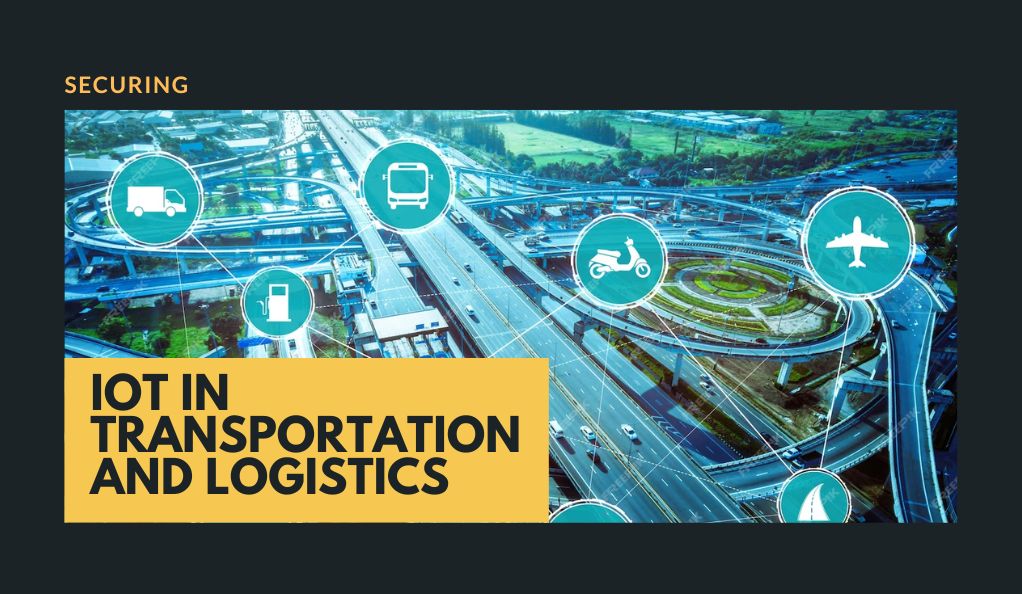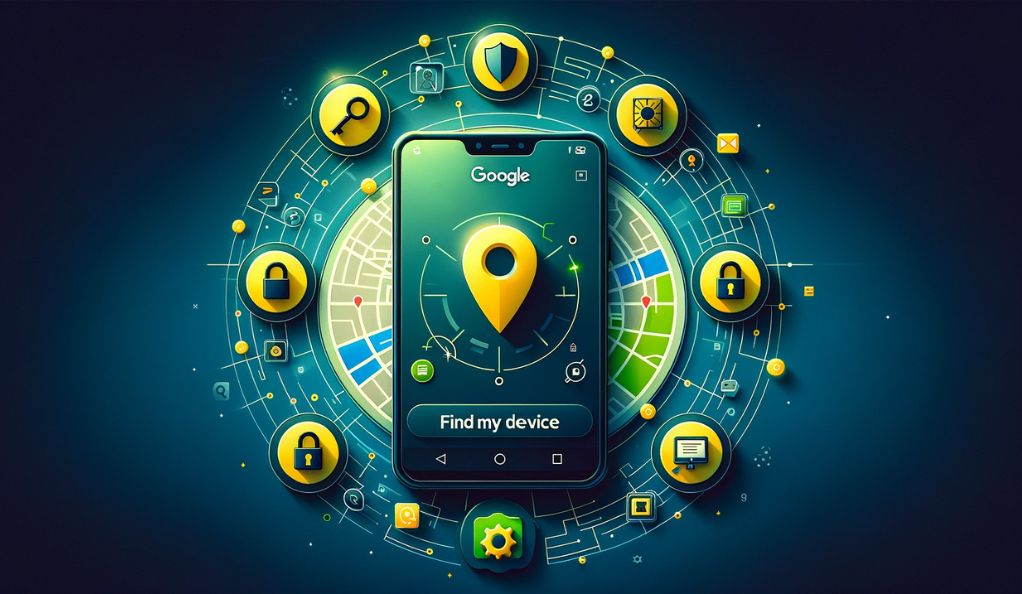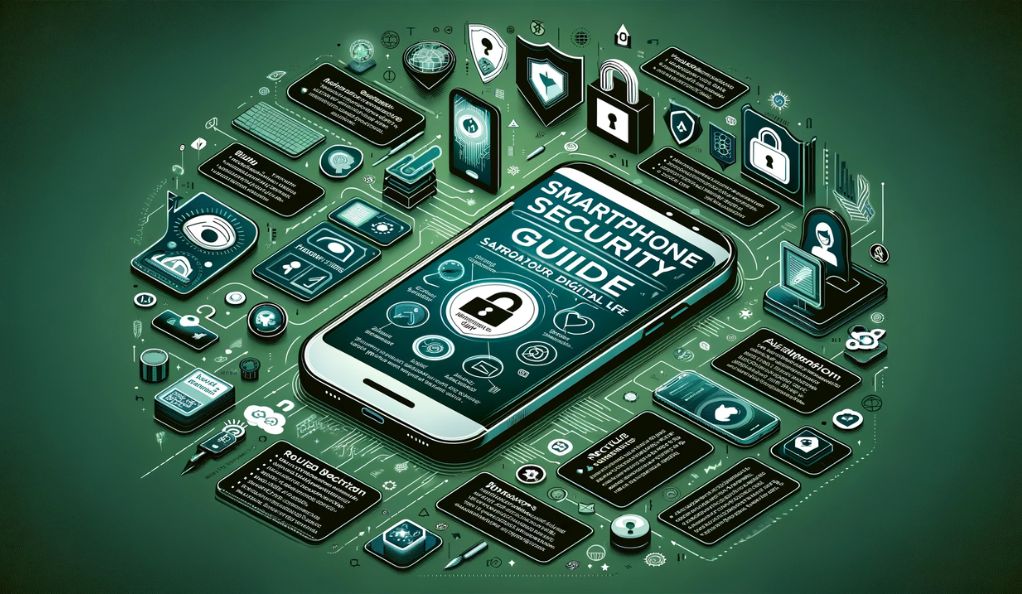The transportation and logistics sector forms the backbone of modern economies, ensuring the smooth flow of goods, services, and people across the globe. As the world becomes increasingly interconnected, the demands on this sector have grown exponentially, necessitating the adoption of innovative solutions to meet the challenges of today and tomorrow.
The Significance of Transportation and Logistics in Global Economies
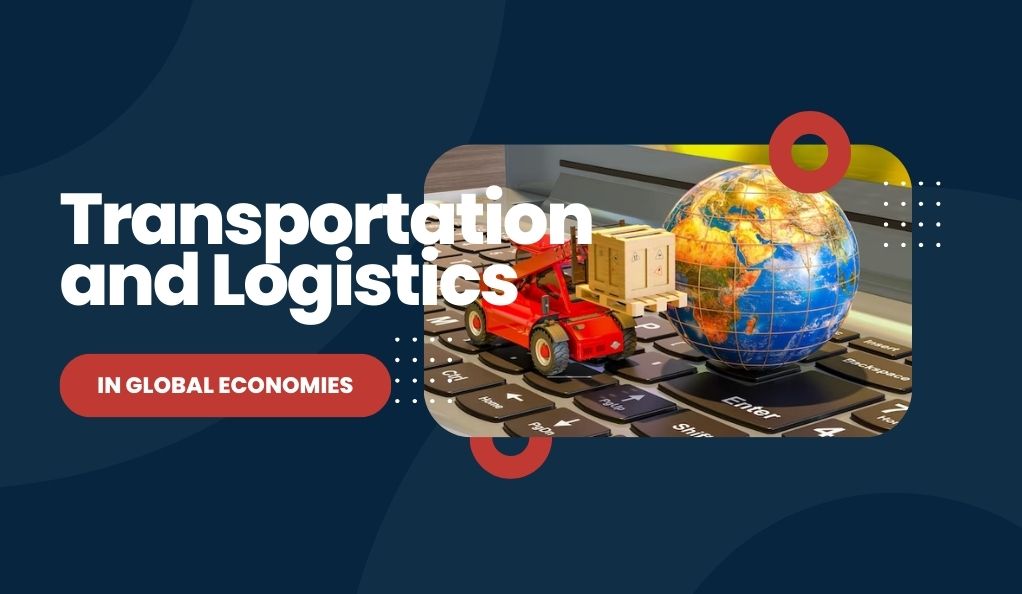
Transportation and logistics play a pivotal role in shaping the global economic landscape. They act as the lifeblood of trade, facilitating the movement of goods from producers to consumers. Consider this: up to 95% of manufactured goods are transported in containers at some point in the supply chain. With the global consumer class projected to grow by 35% by 2030, the demands on the transportation sector are set to rise even further.
This industry doesn’t just move goods; it also ensures that economies function efficiently. Efficient logistics means products arrive on time, waste is minimized, and businesses can operate at optimal levels. In essence, the transportation and logistics sector is a reflection of an economy’s health and its ability to meet the needs of its citizens.
The Rising Demand and Challenges in the Sector
As the demands on the transportation and logistics sector increase, so do the challenges. Three primary challenges stand out:
- Visibility: With goods moving across vast distances, often crossing international borders, having real-time visibility is crucial. Companies need to know where their goods are at any given moment and when they will arrive at their destination.
- Agility: The ability to quickly adapt to changing circumstances is vital. Whether it’s a sudden change in demand, a disruption in the supply chain, or geopolitical events, companies need to pivot rapidly.
- Sustainability: As concerns about the environment grow, there’s increasing pressure on the transportation sector to adopt sustainable practices. This includes reducing carbon emissions, minimizing waste, and using resources efficiently.
The convergence of these challenges has led to a focus on innovation, with companies seeking out technologies that can provide solutions. Enter the Internet of Things (IoT).
IoT technologies, with their built-in sensors and real-time data transmission capabilities, offer a promising solution. Conventional trucks, ships, and planes are being transformed into smart, data-transmitting vehicles. This not only allows for real-time tracking but also offers insights into inefficiencies, enabling companies to respond to changing environments swiftly.
Understanding IoT in Transportation & Logistics
The Internet of Things (IoT) is not just a buzzword; it’s a transformative technology that’s reshaping industries, and transportation and logistics are at the forefront of this revolution. But what exactly is IoT, and how does it fit into the world of transportation and logistics?
Defining IoT and Its Significance
At its core, the Internet of Things refers to the network of physical devices embedded with sensors, software, and other technologies that allow them to connect and exchange data over the internet. These devices can range from everyday household items like refrigerators and thermostats to complex machinery in industries.
In the context of transportation and logistics, IoT offers a paradigm shift. Traditional methods of tracking and managing goods relied on manual input and often outdated systems. With IoT, every vehicle, container, and package can become a data point, providing real-time information that can be analyzed and acted upon.
Telematics: The Foundation of IoT in Transportation
One of the primary applications of IoT in this sector is telematics. Telematics combines telecommunications and informatics to provide real-time information about vehicles, their location, and their status. It’s the technology behind GPS tracking, fleet management software, and onboard diagnostics.
Consider a fleet of trucks transporting goods across the country. With telematics, a manager can:
- Monitor the real-time location of each truck.
- Receive alerts for maintenance issues.
- Track fuel consumption and driver behavior.
- Ensure timely deliveries by optimizing routes.
This level of oversight was unimaginable a few decades ago but is now a reality thanks to IoT.
The Data Revolution in Transportation
The true power of IoT lies in the data it generates. With sensors on vehicles and assets transmitting information continuously, companies have access to a wealth of data. This includes:
- Operational Data: Speed, location, fuel consumption, and more.
- Environmental Data: Weather conditions, traffic updates, and road quality.
- Behavioral Data: Driver habits, rest breaks, and driving patterns.
This data-rich environment is transforming how businesses operate. Decisions are no longer based on gut feelings or outdated reports; they’re driven by real-time insights. A report from Harvard Business Review highlighted that 81% of executives found their big data investments successful, emphasizing the importance of a data-driven approach.
However, with great power comes great responsibility. The influx of data also brings challenges in terms of storage, analysis, and security. Companies need robust systems to manage this data and ensure it’s used effectively.
Types of IoT Devices in Transportation
The transportation sector’s rapid adoption of IoT has led to a plethora of devices, each designed to cater to specific needs. These devices, with their unique functionalities, are revolutionizing how transportation and logistics companies operate.
Managed Install Devices
These are hardwired, tamper-resistant devices primarily chosen when data gathering is crucial for business workflows and compliance. They offer excellent connectivity to peripheral sensors, painting a comprehensive picture of operational performance. For instance, the VT101 device is a popular choice in this category, providing fleet owners with insights into vehicle health, location, and more.
Self-install Devices
Ideal for scenarios with high vehicle turnover or when compliance isn’t the primary concern, these plug-in devices can be easily moved and installed across a fleet. The SI201, for example, is a self-install device that offers flexibility without compromising on data accuracy.
Battery-powered Sensors
For assets without a consistent power source, these devices come into play. They report data less frequently or when triggered by specific events, such as movement or boundary crossing. Devices like the AT301 are ruggedized and IP67 rated, ensuring durability in challenging environments.
Phone-based Apps
The rise of smartphones has paved the way for IoT integrations through mobile applications. These apps allow remote workers to input data, which is instantly available in fleet management software. From recording hours of service and pre-trip inspections to job management (including proof of delivery) and document management, these apps bridge the gap between on-ground operations and centralized management.
Cameras
The advancement in camera technology has turned the humble dash cam into a sophisticated IoT device. With embedded computer vision, the latest AI-enabled cameras automatically convert video feeds into actionable insights. Devices like the forward and driver-facing smart dashcam can identify distracted, fatigued, and dangerous driving, offering unprecedented visibility into driver behavior.
Benefits of IoT in Transportation
IoT’s integration into transportation and logistics isn’t just about adopting the latest technology; it’s about reaping tangible benefits that drive business growth.
Operational Efficiency: IoT empowers companies to monitor activities in real-time. This real-time oversight means companies can respond to issues immediately, ensuring timely deliveries. Automated processes reduce paperwork for both drivers and managers, allowing a focus on core activities.
Safety: One of the standout benefits of IoT in transportation is the enhancement of safety. Ensuring vehicles are well-maintained and taking proactive steps to improve driver behavior are now achievable goals. Advanced camera technology, for instance, is at the forefront of safety programs, with AI cameras providing alerts for activities like speeding, mobile phone use, and seatbelt violations.
Compliance: Regulatory compliance is a significant concern for transportation companies. IoT simplifies compliance activities with automated reporting, vehicle tracking, and driver fatigue monitoring. Technologies ensure adherence to regulations like Hours of Service (HOS), streamlining activities like IFTA reporting and DVIR.
Cost Reduction: IoT provides operators with insights that lead to tangible cost savings. Improved driver behavior, efficient routing, and effective maintenance scheduling are just a few areas where costs can be significantly reduced.
Resource Optimization: Transparency between fleet operators and drivers is crucial for smooth operations. IoT provides clarity on driver activity and on-duty time, ensuring work is assigned without risk of violations or delays.
Route Management: Embedded GPS in IoT devices allows fleet managers to monitor vehicles in real-time, guiding drivers to their destinations efficiently. Real-time notifications on route changes and new pick-up locations ensure seamless operations.
Challenges and Solutions
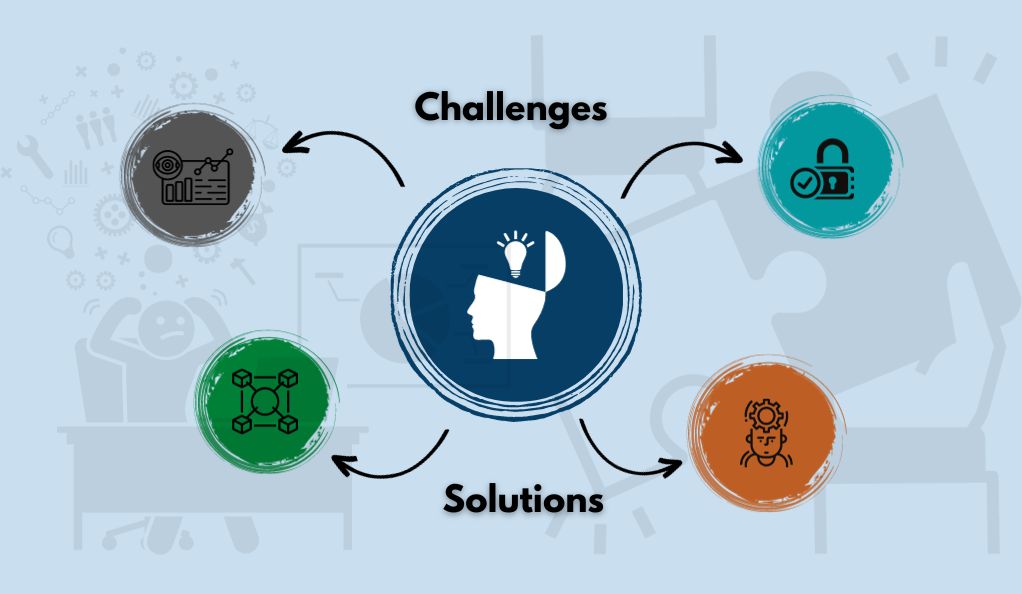
While the promise of IoT in transportation and logistics is undeniable, the road to full implementation is not without its hurdles. Companies must navigate these challenges to unlock the full potential of IoT technology.
The Gap Between Data Capture and Actionable Insights
One of the primary challenges faced by organizations adopting IoT is the gap between data capture and actionable insights. Collecting vast amounts of data is just the first step; making sense of that data and using it to drive informed decisions is the ultimate goal. This requires not only robust data analytics tools but also a deep understanding of the industry and business processes.
Solution: Companies must invest in analytics platforms and personnel with the expertise to extract meaningful insights from the data. This often involves a shift in organizational culture, emphasizing data-driven decision-making.
Data Security and Privacy Concerns
The proliferation of IoT devices means an increase in the volume of data being collected. This data often includes sensitive information, such as location data, driver behavior, and cargo details. Ensuring the security and privacy of this data is paramount, as data breaches can have severe consequences.
Solution: Robust security measures, including encryption, secure access controls, and regular security audits, are essential. Compliance with data protection regulations, such as GDPR and CCPA, is also crucial.
Integration Challenges
Many organizations already have existing systems in place for managing their operations. Integrating IoT solutions seamlessly with these systems can be a complex endeavor. Legacy systems may not be IoT-ready, and bridging the gap can be challenging.
Solution: Companies should invest in flexible IoT platforms that offer easy integration with existing systems through open APIs. Customized solutions may be necessary to ensure a smooth transition.
Data Overload
The abundance of data generated by IoT devices can be overwhelming. Without effective data management strategies, organizations risk being inundated with information and struggling to identify the most critical insights.
Solution: Implementing data management best practices is vital. This includes data cleansing, storage optimization, and automated data processing. AI and machine learning can assist in identifying patterns and anomalies within large datasets.
Interoperability Issues
In a complex supply chain, various IoT devices from different manufacturers may need to work together seamlessly. Ensuring interoperability between these devices can be a challenge.
Solution: Companies should prioritize IoT devices that adhere to industry standards and protocols, ensuring they can communicate and collaborate effectively.
Human Resources and Training
As IoT technology evolves, organizations need skilled personnel who can operate and maintain these systems effectively. A lack of trained personnel can hinder the successful implementation of IoT.
Solution: Companies should invest in training and development programs to upskill existing employees and hire new talent with IoT expertise. Collaboration with technology providers for training can also be beneficial.
By acknowledging these challenges and implementing appropriate solutions, transportation and logistics companies can harness the full potential of IoT technology to streamline their operations, improve efficiency, and stay competitive in an ever-evolving industry.
Fleet Management Software: The Heart of IoT
In the world of IoT-enabled transportation and logistics, fleet management software plays a pivotal role. It serves as the central hub through which the wealth of data generated by IoT devices is collected, processed, and transformed into actionable insights. Let’s delve into the critical functions of fleet management software and what companies should consider when evaluating these solutions.
The Role of Fleet Management Software
Fleet management software acts as the nerve center of IoT operations in transportation and logistics. Its core functions include:
| Fleet Management Software Functions | Description |
|---|---|
| Data Gathering | Collects data from various sources, including IoT devices, vehicles, and drivers. |
| Data Storage | Securely stores vast amounts of data, ensuring accessibility when needed. |
| Data Processing | Processes raw data into meaningful information, such as vehicle locations, fuel consumption rates, and driver behavior. |
| Data Presentation | Presents data in a user-friendly manner, typically through dashboards and reports. |
| Exception Alerts | Equipped with features to detect anomalies and trigger alerts, facilitating swift responses to issues. |
Key Features to Look for in Fleet Management Software
When evaluating fleet management software, companies should consider several essential features:
- Real-Time Tracking: The ability to monitor vehicle locations and statuses in real-time is crucial for operational efficiency and customer service.
- Dashboards: Intuitive dashboards provide a comprehensive overview of fleet performance, allowing managers to quickly identify trends and outliers.
- Natural Language Search: Advanced search capabilities enable users to retrieve specific information swiftly.
- Exception Alerts: Automatic alerts for events like vehicle breakdowns or route deviations help mitigate potential problems.
- Artificial Intelligence: Software with embedded artificial intelligence can automatically interpret data, flag abnormal patterns, and provide predictive analytics.
- Customization: The ability to tailor the software to specific business needs and KPIs is essential for effective fleet management.
- Integration: Seamless integration with other systems, such as maintenance, billing, and inventory, streamlines operations.
- Reporting: Comprehensive reporting features facilitate data-driven decision-making and compliance reporting.
The choice of fleet management software can significantly impact the effectiveness of IoT implementation in transportation and logistics. It’s essential for companies to carefully evaluate their options, ensuring that the selected software aligns with their operational requirements and goals.
Driver Mobile Applications
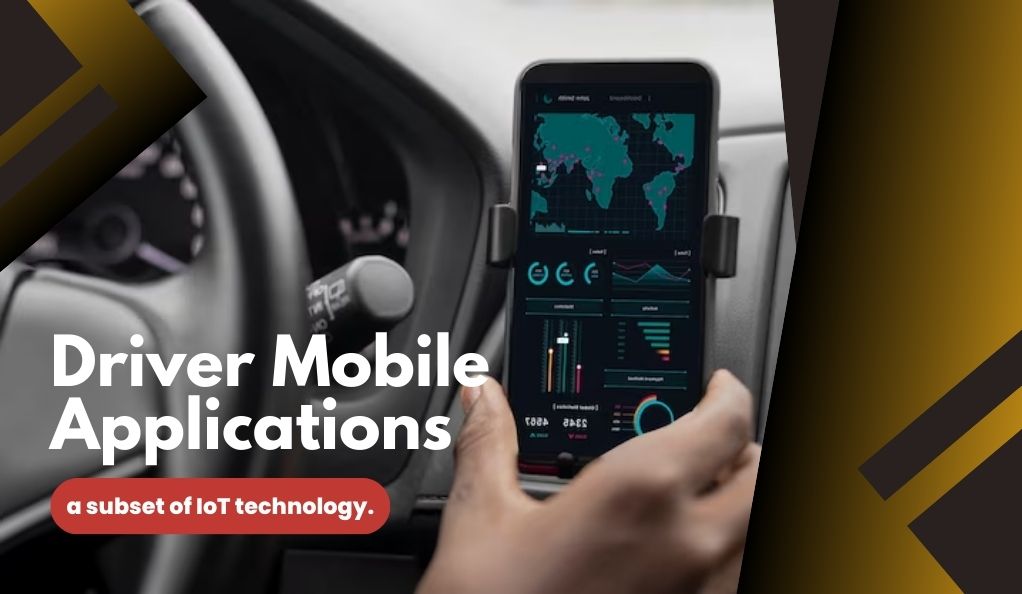
In the ever-evolving landscape of the transportation and logistics industry, digital transformation is a key driver of change. Driver mobile applications, a subset of IoT technology, have emerged as a powerful tool to streamline operations, enhance efficiency, and bridge the gap between drivers and centralized fleet management. Let’s explore the significance and functionalities of these applications.
Role of Driver Mobile Applications
Driver mobile applications are designed to empower drivers and provide them with the tools they need to perform their roles efficiently. These applications serve as a digital bridge that connects drivers in the field with fleet managers and central operations. Here are some of their key roles:
- Job Management: Driver apps create daily job sheets for drivers, outlining tasks and assignments for the day. This streamlines the process of assigning and tracking deliveries, pickups, and other tasks.
- Route Optimization: Many driver apps offer route optimization features, helping drivers choose the most efficient routes to their destinations. This not only saves time but also reduces fuel consumption and enhances delivery accuracy.
- Proof of Delivery (PoD): Digital PoD features allow drivers to capture proof of delivery through photos, signatures, or electronic forms. This not only ensures accountability but also provides customers with real-time delivery confirmation.
- Digital Forms and Checklists: These apps replace paper-based processes with digital forms and checklists. Drivers can complete incident reports, vehicle inspections, and other required documentation electronically, reducing paperwork and streamlining compliance.
- Scorecard Applications: Driver apps often include scorecard features that provide drivers with real-time feedback on their performance. Metrics such as fuel efficiency, safety, and adherence to company benchmarks can be monitored, helping drivers make continuous improvements.
Benefits of Driver Mobile Applications
The adoption of driver mobile applications brings several benefits to both drivers and fleet managers:
- Efficiency: Streamlined workflows and real-time communication reduce administrative burdens and minimize delays, ultimately enhancing operational efficiency.
- Accuracy: Digital record-keeping and PoD capture ensure accuracy in documentation and reduce the risk of errors associated with manual processes.
- Compliance: Driver apps help ensure compliance with regulatory requirements by facilitating the completion of necessary forms and checklists.
- Driver Engagement: Real-time scorecards and performance feedback engage drivers in their own improvement, contributing to safer and more efficient operations.
- Customer Satisfaction: Faster deliveries, accurate tracking, and real-time communication enhance the overall customer experience.
In a competitive and rapidly changing industry, driver mobile applications have become indispensable tools for transportation and logistics companies looking to stay ahead of the curve. Their ability to optimize workflows, improve accuracy, and enhance driver engagement makes them a valuable asset in the digital transformation journey.
Conclusion: A Connected Future
In conclusion, the adoption of IoT technology in the transportation and logistics sector marks a pivotal moment in the industry’s history. As this comprehensive guide has highlighted, IoT offers a multitude of benefits, from real-time tracking and operational efficiency to enhanced safety and customer satisfaction. However, these advantages come hand in hand with challenges such as data management, security, and integration. To truly harness the transformative power of IoT, companies must address these challenges head-on, investing in robust solutions and fostering a culture of innovation and collaboration.
Looking forward, IoT is set to continue reshaping transportation and logistics, driving industry-wide digital transformation. As we navigate this ever-evolving landscape, it’s imperative that organizations remain agile, adaptable, and committed to staying at the forefront of technological advancements. By doing so, they can secure their position in a sector that plays a critical role in global economies, ensuring that the flow of goods, services, and people remains efficient, safe, and sustainable well into the future.

